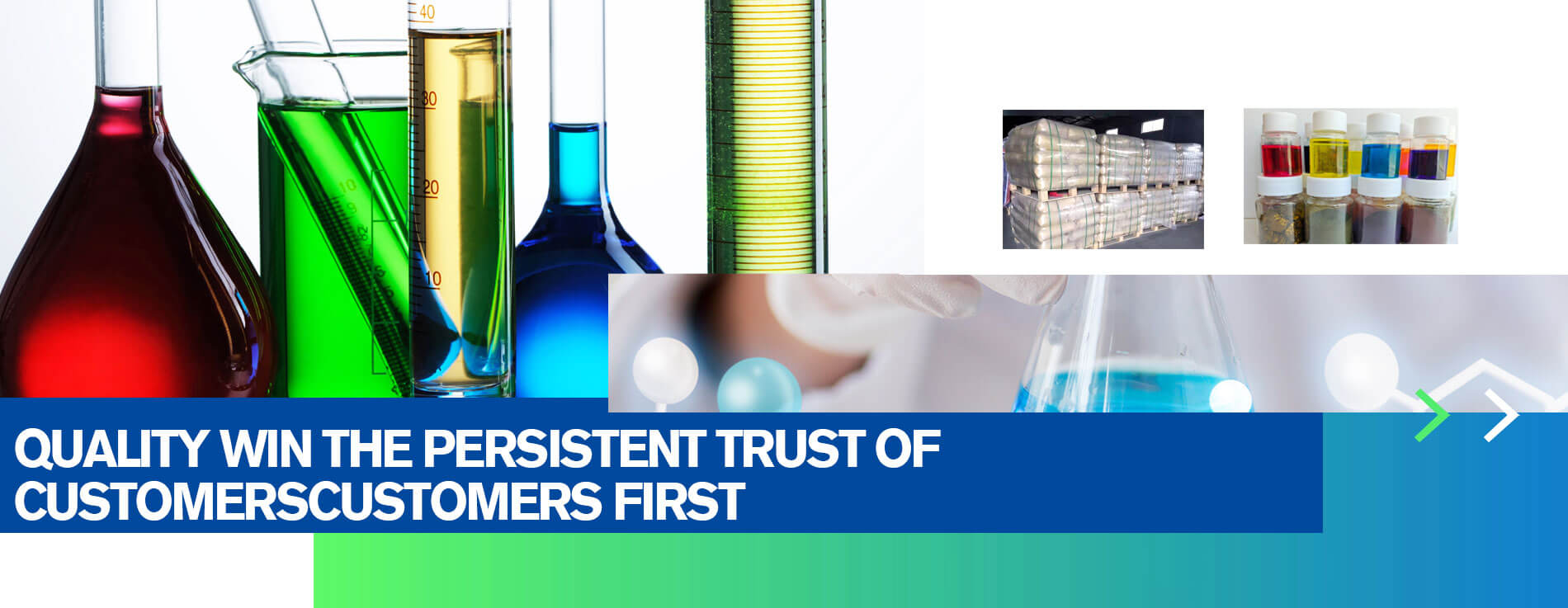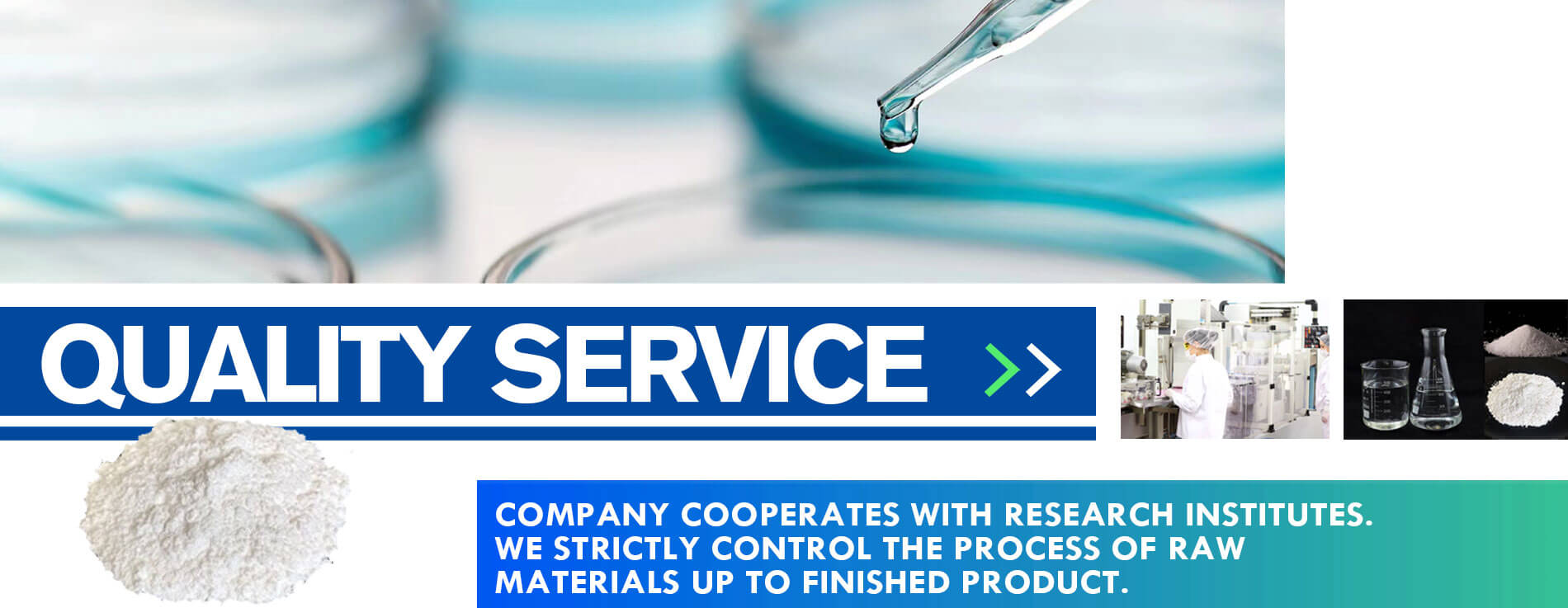As a leading 4-Chlorofluorobenzene 99% (Gc) supplier, we deliver high-quality products across diverse grades to meet evolving needs, empowering global customers with safe, efficient, and compliant chemical solutions.
What are the main uses of 4-Chlorofluorobenzene 99% (Gc)?
4-Chlorofluorobenzene, with a content of 99% (determined by gas chromatography), is widely used. In the field of chemical synthesis, it is often an important raw material. It can participate in many organic reactions to prepare various compounds with special properties.
In the field of pesticide creation, 4-chlorofluorobenzene can be derived from a variety of high-efficiency pesticides. Due to its structural characteristics, the prepared pesticides show excellent control effects on specific pests and diseases, help agricultural harvests, and have relatively little impact on the environment.
In the field of pharmaceutical research and development, it also has key value. With this as a starting material, new drugs can be synthesized through a series of reactions. Some drugs have significant efficacy in the treatment of specific diseases and contribute a lot to human health and well-being.
Furthermore, in the field of materials science, 4-chlorofluorobenzene can be used as a key component in the synthesis of functional materials. The synthesized materials exhibit unique properties in optics, electricity, etc., and are widely used in electronic devices, optical instruments and other industries.
All in all, 4-chlorofluorobenzene's high purity properties play an indispensable role in many fields such as chemical industry, pesticides, medicine, materials, etc., promoting the progress and development of various industries.
What are the physical and chemical properties of 4-Chlorofluorobenzene 99% (Gc)
4-Chlorofluorobenzene, with a content of 99% (determined by gas chromatography). Its physical and chemical properties are as follows:
This substance is a colorless and transparent liquid with a special odor. Melting point - 48 ° C, boiling point 116 - 117 ° C. Relative density 1.285 (20/4 ° C), slightly soluble in water, miscible with organic solvents such as ethanol, ether, acetone, etc.
Its chemical properties are relatively active, and chlorine atoms and fluorine atoms on the benzene ring can participate in a variety of chemical reactions. Chlorine atoms can be replaced by nucleophilic reagents in nucleophilic substitution reactions due to their certain electronegativity. For example, when co-heated with aqueous solutions of sodium hydroxide, chlorine atoms can be replaced by hydroxyl groups to form corresponding phenolic compounds; when reacted with ammonia under certain conditions, amino-containing derivatives can be formed. Fluorine atoms have large electronegativity and small atomic radius, which reduce the electron cloud density of the benzene ring, which affects the activity of the electrophilic substitution reaction of the benzene ring, making it relatively difficult to occur electrophilic substitution reactions, and the reaction mainly occurs in the para-position of the chlorine atom. At the same time, the 4-chlorofluorobenzene molecule as a whole has a certain polarity, which affects its solubility in different solvents and intermolecular forces, and also affects its physical properties such as boiling point and melting point Due to its chemical activity, it is necessary to avoid contact with strong oxidants, strong bases, and other substances during storage and use to prevent dangerous reactions.
What is the production process of 4-Chlorofluorobenzene 99% (Gc)?
The production process of 4-chlorofluorobenzene (99% content (gas chromatography)) is a key technology in the field of fine chemicals. The process is complex and delicate, and it needs to be carefully carried out according to specific steps and conditions.
When starting, suitable raw materials are often carefully selected and prepared to ensure purity and quality. For example, chlorine-containing and fluorine-related basic compounds are selected, which are the cornerstones of the construction of 4-chlorofluorobenzene.
Then, enter the reaction stage. Common reaction paths rely on specific chemical reactions, such as halogenation reactions. In the reactor, it is crucial to control many factors such as temperature, pressure, reaction time, etc. The temperature may need to be maintained within a certain precise range, or between tens of degrees Celsius and hundreds of degrees Celsius, depending on the specific reaction mechanism. The pressure also needs to be properly regulated, either at normal pressure or slightly pressurized to promote the smooth progress of the reaction. The reaction time varies from a few hours to tens of hours depending on the reaction process and the purity of the product.
During the reaction, the application of catalysts is indispensable. A suitable catalyst can significantly accelerate the reaction rate and improve the yield of the product. And the amount of catalyst needs to be carefully controlled. Too much or too little catalyst may have an adverse effect on the reaction effect.
After the reaction is completed, the product still contains impurities, so it needs to be separated and purified. Distillation, extraction, crystallization and other methods are often used. During distillation, 4-chlorofluorobenzene is vaporized and separated by precise temperature control according to the difference in boiling point between 4-chlorofluorobenzene and impurities. Extraction uses a specific extractant to extract the target product from the mixed system. During the crystallization process, by adjusting the temperature, solvent concentration and other conditions, 4-chlorofluorobenzene is precipitated in the form of crystals, so as to achieve the purpose of purification.
After this series of complex process operations, high-purity 4-chlorofluorobenzene can be prepared to meet the strict needs of many fields such as medicine, pesticides, materials, etc.
4-Chlorofluorobenzene 99% (Gc) What are the precautions during storage and transportation
4-Chlorofluorobenzene, the content is 99% (determined by gas chromatography). This chemical substance needs to be paid attention to during storage and transportation.
Its properties are dangerous. When storing, choose a cool, dry and well-ventilated place first. This is to avoid it from changing its properties due to high temperature and humidity and causing danger. The temperature of the warehouse should be controlled within a specific range, and it must not be too high, otherwise it may increase its volatilization and even risk explosion.
Furthermore, keep away from fire and heat sources. Open flames and hot topics are both scourges, which can easily cause 4-chlorofluorobenzene to explode. And should be stored separately from oxidizing agents, acids, alkalis, etc., due to contact with them, or severe chemical reactions, causing disasters.
The storage site should also be equipped with suitable containment materials to prevent leakage accidents from breaking out, can be dealt with in time, stop its spread, and reduce the harm to the minimum.
When transporting, be sure to ensure that the packaging is complete and the loading is secure. If the packaging is damaged, 4-chlorofluorobenzene or leakage during transportation will endanger transportation safety. Transportation vehicles should also be equipped with corresponding fire protection equipment and leakage emergency treatment equipment for emergencies.
The transportation process should be carried according to the specified route, and do not stop in densely populated areas or traffic arteries to avoid serious impact on people and traffic in the event of an accident. The escort personnel must supervise the whole process, be familiar with the characteristics of the transported substances and emergency response methods, and be able to respond quickly if something happens. In this way, the safety of 4-chlorofluorobenzene storage and transportation can be guaranteed.
What is the market price range for 4-Chlorofluorobenzene 99% (Gc)?
4-Chlorofluorobenzene, with a purity of 99% (determined by gas chromatography). The market price of these chemicals often changes due to many factors, and it is difficult to determine its fixed price. Looking at ancient books such as "Tiangong Kaiwu" in the past, although various products are described in detail, there is no such chemical at that time, so it is difficult to find clues to the price.
In today's world, the price of chemical products is affected by the cost of raw materials, production process, market supply and demand, etc. In terms of raw materials, if the price of basic raw materials for synthesizing 4-chlorofluorobenzene fluctuates, the cost will be implicated, resulting in price fluctuations. The quality of the production process is also critical. Advanced technology may reduce costs and increase output, and prices may vary.
The market supply and demand situation is particularly affected. If the demand for 4-chlorofluorobenzene increases sharply at a certain time and the supply is limited, the price will rise; conversely, if the supply exceeds the demand, the price may decline. And different regions and transaction sizes, prices are also different. In block trade, or because of bargaining power, the price is lower than that of scattered purchases.
In summary, the 99% (GC) market price of 4-chlorofluorobenzene is constantly changing, and it cannot be hidden in a single word. It is necessary to study all the factors in the market at that time to know its approximate price range.

